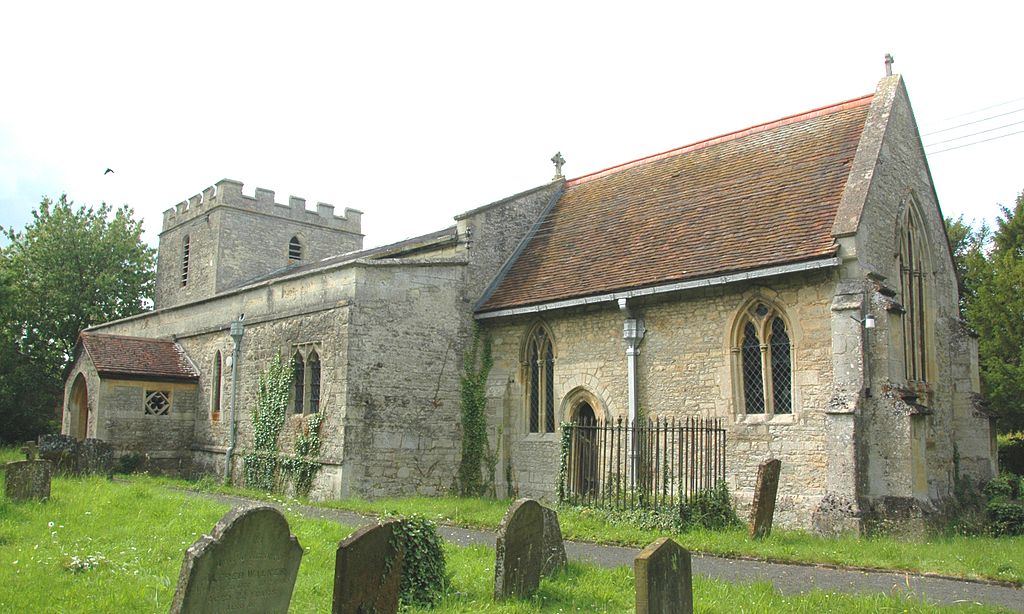Arthur Mee - The King's England, Oxfordshire.
Piddington – In the Hollow.

W. Hobart Bird – Old Oxfordshire Churches.
This rather out-of-the-way church on the Bucks border should on no account be missed, for it has very beautiful details of circa 1300. Note on the exterior the windows of the quire. That at the East end is a triplet of trefoiled lancets with slender jamb-shafts and mullions continued up from the moulded capitals to form the arch mouldings, and within a containing arch and label. There is one single lancet on the North and two double of similar style on the South. The very narrow priest’s door is of the same period. The South porch is modern. The very low but broad West tower of late Tudor is deeply set within the nave. The south doorway is plain Decorated with a continuous moulded arch.
The plan of the church is quire, nave, South aisle and low embattled West tower. The interior of the quire is very beautiful. The East window is similar to the exterior, with then addition of an admirable trefoiled rere arch. The two windows on the South, and one on the North also have fine trefoiled rere arches etc., as the East window. There is also a mutilated piscina, as also the Easter sepulchre opposite, are the best period of developed Decorated. (Apparently there were triple sedilia as the crocketed finial of the third remains, although sadly mutilated, i.e., pinnacles and jamb-shafts.) The tall canopies are cinquefoiled and lavishly adorned with crocketing as also the pinnacles, etc., and the arch mouldings have small ball-flower ornament. The details of the sculptured subjects should be examined. The angelic figures etc., are very elaborate. When perfect this sculptured work, although not so extensive, would be comparable to the renowned piscina, sedilia, etc., at Heckington (Lincs.) and at Hawton (Notts). On the East wall notice the curious brackets. That on the South of the altar appears to have been the capital of a Decorated pillar.
The fenestration of the nave is mostly Perpendicular. The arcade is Decorated with octagonal pillars and capitals. The West respond has a mask on the abacus. Note the remains of large mural paintings on the North wall. They are evidently of two dates. The earlier 14th cent. is of St. Christopher, for some details can quite easily be distinguished on a bright day, viz., the stream with fish, his staff, the mill etc., but also may be seen some lettering, which is of a period centuries later, probably 17th cent.